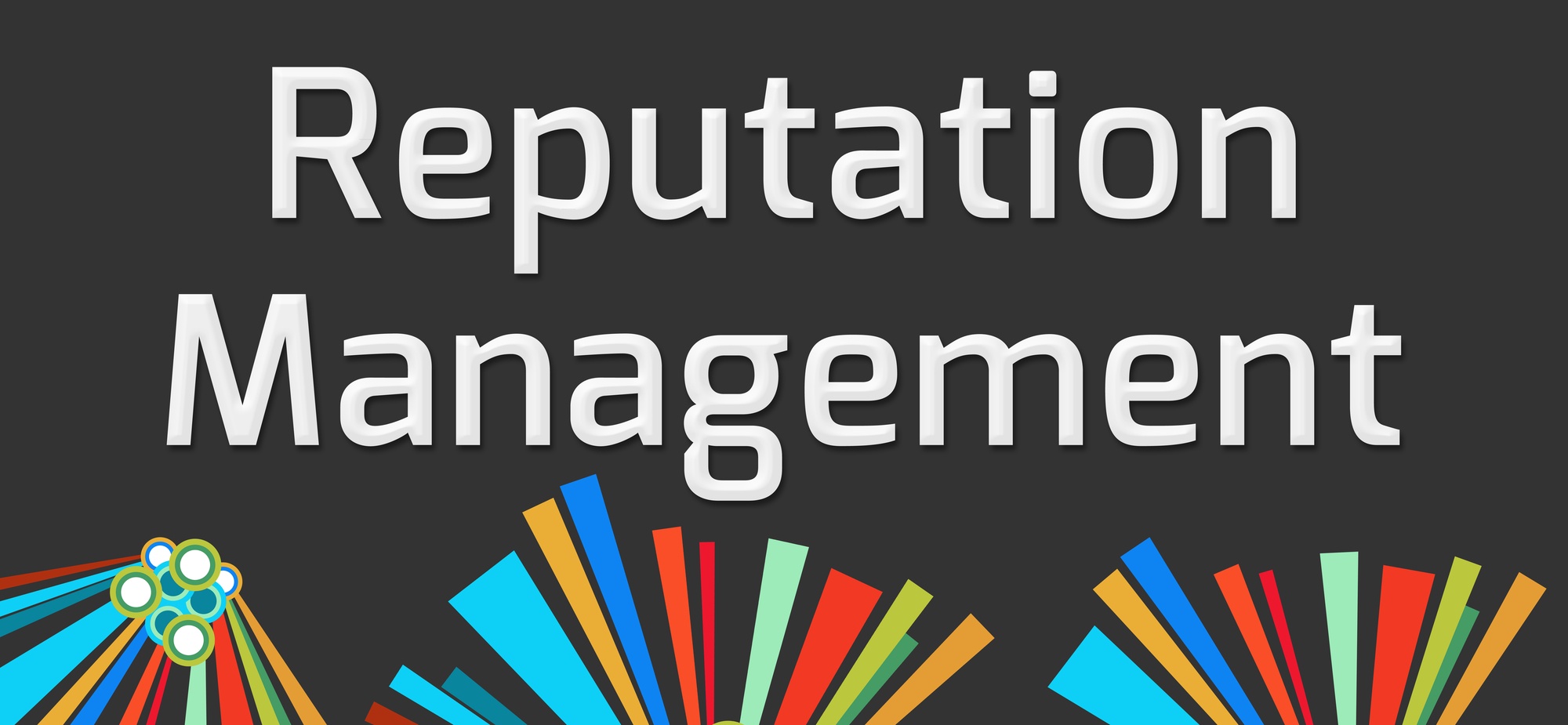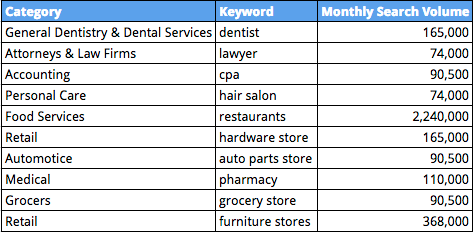Google Updates Local Review Guidelines
Google local packs have changed quite a bit over the years. First, Google cut down the local results from seven to three listings. Then in June, Google announced that they would start testing ads within the 3-packs, and earlier this month we’ve seen several instances of this happening in the wild. Now Google is shaking things up again, rolling out some major changes to their local reviews guidelines. In this post, I’ll explain what each guideline means, and how they impact local businesses.





